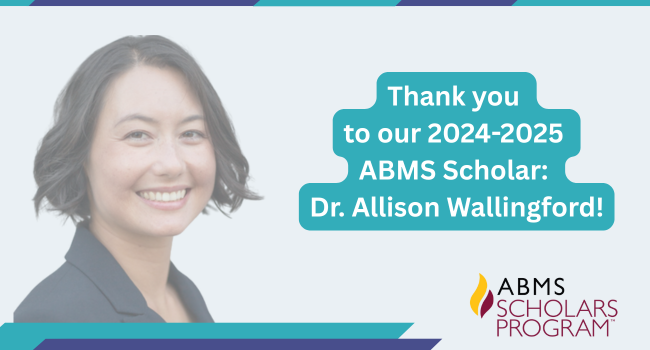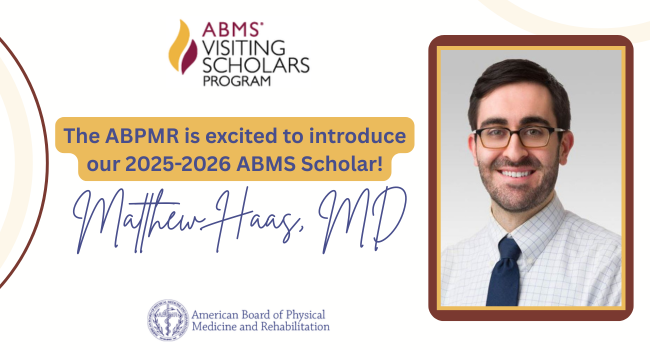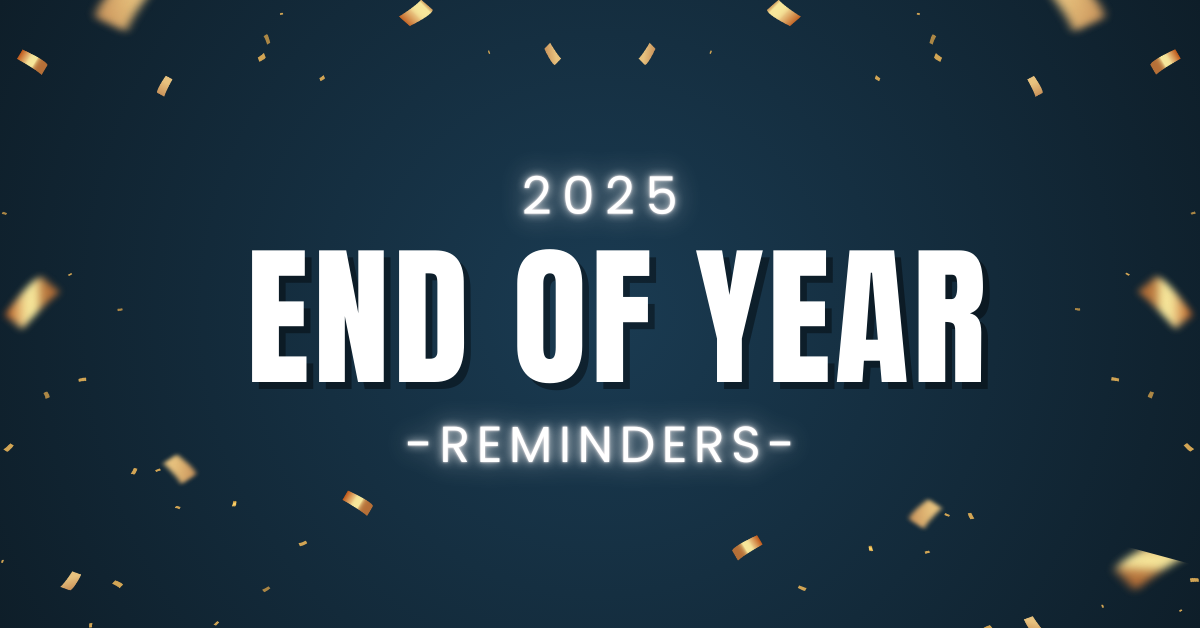Physician Features
Volunteer Spotlight: Shahla Hosseini, MD, PhD
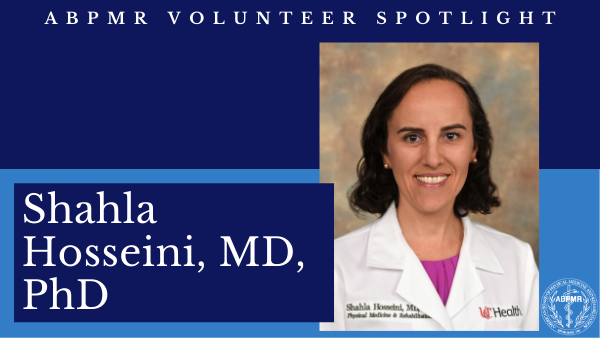
The March Volunteer Spotlight feature is Shahla Hosseini, MD, PhD. Dr. Hosseini is currently Adjunct Associate Professor at the University of Cincinnati College of Medicine, and has volunteered with the ABPMR as an oral examiner since 2019. Dr. Hosseini became certified in PM&R in 2013 and holds additional board certification with the American Board of Electrodiagnostic Medicine.
In her spotlight, Dr. Hosseini talks about growing up on the east coast and eventually landing in the Midwest, a typical day in clinic seeing spasticity and gait patients, the mentors who have inspired her, and her recent work as an ABPMR volunteer.
Where did you go to school?
I’m from Maryland and went to University of Maryland Baltimore County for undergrad. Then I headed to the University of Pittsburgh and completed the MD/PhD program in 2008. Because I loved their PM&R Department and the city of Pittsburgh so much, I stayed for residency at UPMC [University of Pittsburgh Medical Center]. I have such fond memories from my 12 years there.
How did you end up in Ohio and the University of Cincinnati?
As I was finishing residency, my husband was offered a faculty position at Wright State University in Dayton, Ohio. It was a perfect fit for him and so even though I was sad to leave Pittsburgh, I trusted that I’d find a perfect fit wherever I was. I had my daughter later that year and was able to spend a few months at home with her before I joined as part-time faculty in 2013 at University of Cincinnati (UC).
How did you first become interested in PM&R?
It wasn’t until the middle of my third year of medical school. Dr. Gwen Sowa, a physiatrist, was my group facilitator and we were learning the musculoskeletal physical exam. I admired the way she approached it—both functionally-oriented and very comprehensive. It was the best physical exam I had seen to date! Then when she introduced the field of physiatry, I thought to myself “I’ve found my specialty!” Prior to that point I had been interested in geriatrics, and was able to nurture my interests in both PM&R and geriatrics as I continued in medical school.
I had several mentors throughout residency who were crucial in developing my idea of an ideal job. Through working with Dr. Mary Ann Miknevich I grew an interest in gait and bracing, and I admired her service to patients at skilled nursing facilities in need of her expertise. Dr. Wendy Helkowski and Dr. Kerry Deluca were both moms and part-time PM&R faculty. I often thought, “They’re both such great physiatrists while being part-time.” Now I feel I have a similar work/life balance myself as part-time faculty.
What can you tell us about your practice?
I am primarily outpatient clinic-based at UC Health and also am part of our inpatient call pool. The majority of my referrals are for spasticity and gait evaluations, but I also see a smattering of general PM&R which keeps me from getting rusty in other areas. On my procedure days, I have interspersed EMGs and botulinum toxin injections. I have a nice balance of procedures and clinic patients.
Last fall I initiated a monthly multi-disciplinary gait/bracing clinic, which I’m especially passionate about. An orthotist, physical therapist, and myself meet the patient together to decide on optimal bracing and spasticity management solutions. It’s neat to see how at each clinic we continue to learn from each other. The poet Rumi says “Let the beauty of what you love be what you do” and where I am right now in my career, I think I’m doing just that.
What volunteer work do you do with the ABPMR?
I was honored to be asked in 2019 to serve as an oral examiner, and because I feel passionately about helping our field grow in a positive direction I didn’t hesitate to say yes. I plan to continue to serve in this way for years to come (as long as I’m allowed!). I’ve also got big ambitions to get involved as an item writer as well.
What keeps you coming back to volunteer?
A sense of commitment to our specialty and feeling a part of something bigger than just my own practice. I enjoy seeing the variety of [examination] candidates and how bright and talented they are. I also feel like I am part of the team and that my feedback is heard—that helps me to feel truly valued.
What have you learned in your time as a volunteer?
Preparing for the exam cases makes me a more “well-rounded” physiatrist since not all the cases are on topics I would necessarily see in my own practice. It keeps me abreast of multiple areas outside of my own specialty. I’ve certainly also learned to become better at managing time during the exam since my first experience!
What would you say to someone considering volunteering?
It’s a great way to give back to the field and stay abreast in the field; a nice balance of giving and receiving. There’s a time commitment, but it’s manageable and broken up throughout the year. You won’t regret saying yes!
What do you do outside of work and volunteering?
I enjoy heated yoga a couple of times during the week. On weekends, my husband and I often take our two kiddos, ages 6 and 9, on hikes (yes, even in Ohio winters!). When the weather starts to thaw a bit, I will return to work in my organic vegetable and perennial flower gardens.
Every year I try to take on a new challenge. One year I did a yoga retreat in the mountains of North Carolina, another year I took surf lessons with a group of women in Costa Rica—honestly can’t say I mastered that one! This winter I started taking lessons to play the Daf, a Persian frame drum… we'll see how this one goes!
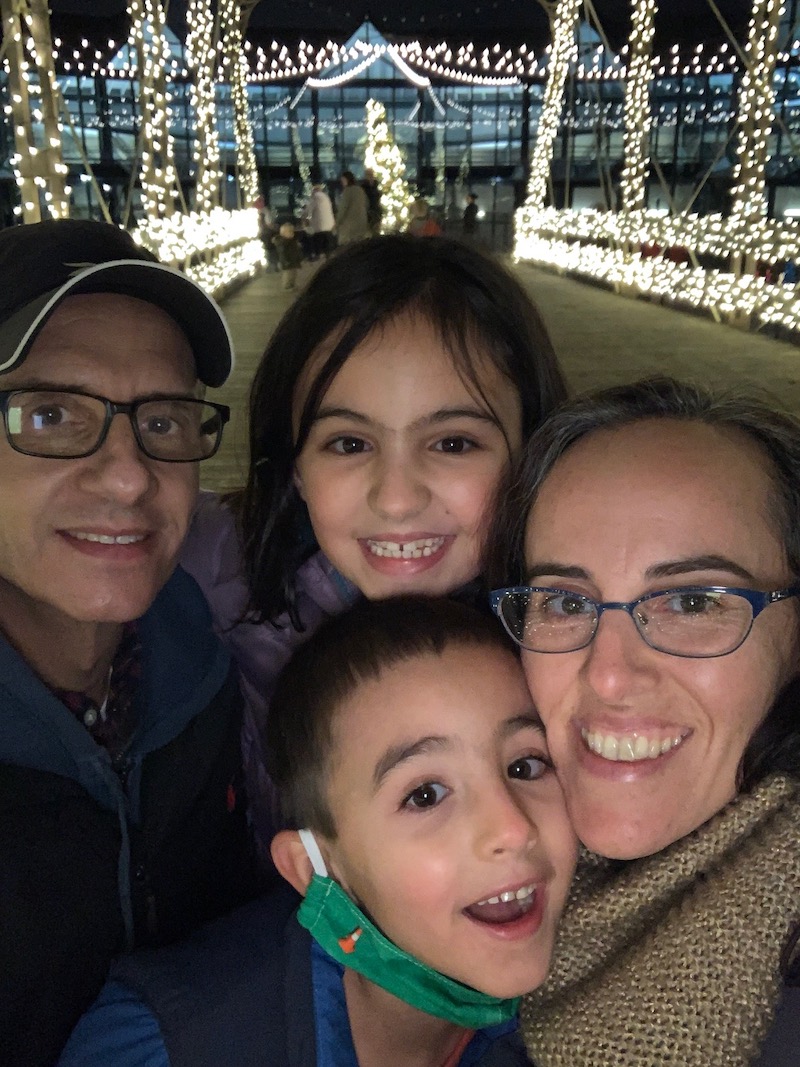

Even in Ohio winters, Dr. Hosseini and her family enjoy being outside
Thank you, Dr. Hosseini, for the work you do for the ABPMR and the specialty as a whole. To all ABPMR volunteers who have dedicated so much of their time and effort to the field of PM&R: thank you!
If you are interested in volunteering for the ABPMR or exploring a new role, please visit our volunteer page.
